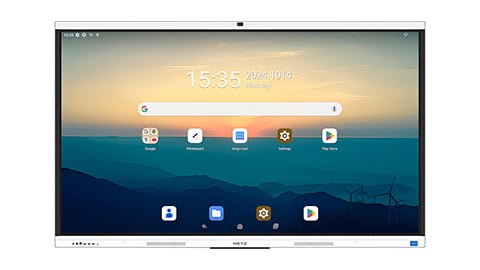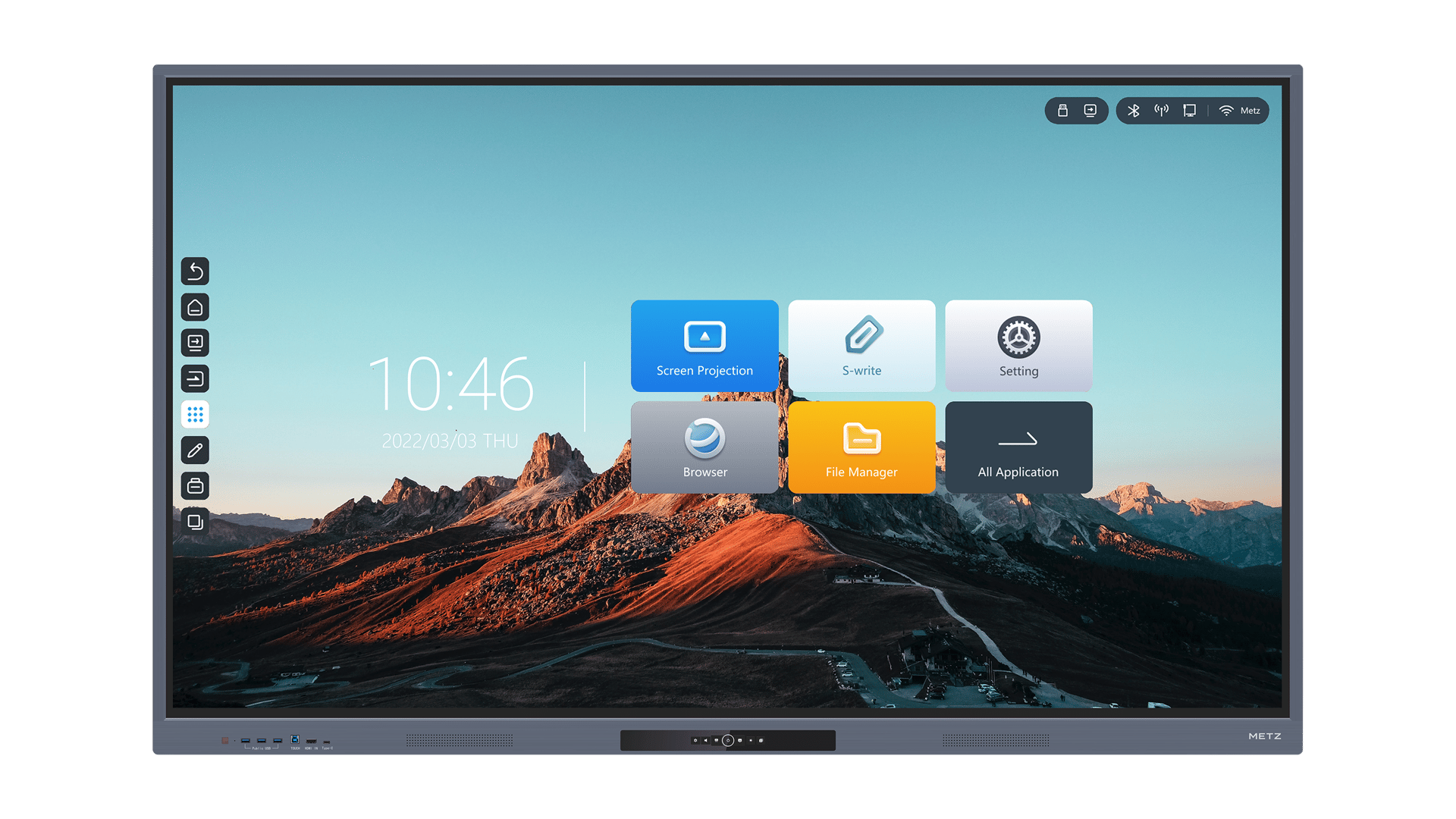Enhancing Education with Smartboards
Technology has revolutionized the world of education, making learning more engaging and interactive. One such technological innovation that has gained popularity in classrooms is the smartboard. Smartboards are interactive whiteboards that have transformed the way teachers teach and students learn. In this article, we will explore the various aspects of smartboards for education and how they have become an indispensable tool in modern classrooms.
1. What is a Smartboard?
A smartboard, also known as an interactive whiteboard, is a touch-sensitive display that can be connected to a computer or a projector. It allows users to interact with the content displayed on the board using touch gestures, digital pens, or other input devices. Smartboards come with a range of features, including the ability to write, draw, annotate, and manipulate digital content.
2. Advantages of Smartboards in Education
Smartboards offer numerous advantages for both teachers and students. Firstly, they enhance classroom engagement by allowing teachers to create interactive lessons. Teachers can incorporate multimedia elements, such as videos, images, and interactive quizzes, into their presentations to make learning more exciting and immersive.
Secondly, smartboards promote collaboration and active learning. Students can directly interact with the board, solving problems, participating in group activities, and sharing their ideas. This hands-on approach fosters critical thinking, creativity, and teamwork among students.
Thirdly, smartboards cater to different learning styles. They support visual learners by providing visual aids and diagrams, auditory learners through audio features, and kinesthetic learners by encouraging physical interaction with the board. This versatility ensures that all students have equal opportunities to grasp the concepts being taught.
3. Interactive Features of Smartboards
Smartboards offer a wide range of interactive features that enhance the learning experience. These features include:
3.1 Touch Gestures
Smartboards respond to touch gestures, allowing users to navigate through content, zoom in and out, and interact with objects on the board. This intuitive interface makes it easy for both teachers and students to use the smartboard effectively.
3.2 Digital Inking
Digital inking enables users to write, draw, and annotate on the smartboard using digital pens or their fingers. This feature allows teachers to emphasize key points, highlight important information, and encourage student participation.
3.3 Multimedia Integration
Smartboards can seamlessly integrate multimedia elements, such as videos, audio clips, and interactive websites, into the lessons. Teachers can use these features to make their lessons more engaging and interactive, catering to different learning styles.
3.4 Screen Recording
Some smartboards come with built-in screen recording capabilities, allowing teachers to record their lessons for future reference or to share them with absent students. This feature also enables teachers to create instructional videos that students can revisit outside the classroom.
4. How Smartboards Benefit Teachers
Smartboards offer several benefits to teachers, making their job easier and more efficient. Firstly, smartboards provide access to a vast array of digital resources. Teachers can access educational websites, online libraries, and interactive learning platforms, enriching their lessons with the latest and most relevant content.
Secondly, smartboards allow teachers to easily customize their lessons. They can create interactive presentations, save and share lesson plans, and adapt their teaching materials to cater to the specific needs of their students. This flexibility promotes personalized learning and ensures that every student receives the attention they require.
Lastly, smartboards simplify assessment and feedback. Teachers can use the smartboard to instantly assess students' responses, provide immediate feedback, and track their progress over time. This real-time feedback helps identify areas where students may need additional support, enabling teachers to tailor their instruction accordingly.
5. The Impact of Smartboards on Student Learning
The integration of smartboards in classrooms has had a significant impact on student learning outcomes. Research has shown that students who learn with smartboards demonstrate increased engagement, improved retention of information, and enhanced critical thinking skills.
Smartboards provide students with a more interactive and immersive learning experience, stimulating their curiosity and fostering a love for learning. The visual and interactive nature of smartboards helps students better understand complex concepts, improving their comprehension and knowledge retention.
Furthermore, smartboards encourage active participation and collaboration among students. Students can work together on group activities, share their ideas, and learn from one another. This collaborative learning environment promotes teamwork, communication skills, and a sense of community within the classroom.
6. Integration of Smartboards in the Curriculum
Smartboards can be seamlessly integrated into various subjects and grade levels. They can be used in language arts to enhance reading and writing skills, in mathematics to visualize and solve problems, in science to conduct virtual experiments, and in social studies to explore historical events and cultures.
Smartboards also support inclusive education by accommodating students with diverse learning needs. They can provide visual aids, assistive technology, and interactive exercises that cater to individual learning goals. Additionally, smartboards enable teachers to differentiate instruction, providing targeted support to students who require additional assistance.
7. Smartboard Implementation and Training
Successful implementation of smartboards requires adequate training and support for teachers. School districts and educational institutions should invest in professional development programs that equip teachers with the necessary skills to effectively use smartboards in their classrooms.
Training programs should cover not only the technical aspects of using smartboards but also strategies for creating engaging and interactive lessons. Teachers should be encouraged to share best practices, collaborate with their peers, and continuously explore new ways to leverage smartboard technology.
8. Future of Smartboards in Education
As technology continues to advance, smartboards are likely to become even more sophisticated and integrated into the education system. Artificial intelligence and machine learning algorithms may be incorporated into smartboard software, enabling personalized recommendations and adaptive learning experiences.
Furthermore, smartboards may become more portable and accessible, allowing students to interact with them from their own devices. Cloud-based storage and collaboration features may also be enhanced, enabling seamless sharing and collaboration between students, teachers, and parents.
9. Conclusion
Smartboards have transformed education by providing interactive and engaging learning experiences for students. They enhance classroom engagement, promote collaboration, and cater to diverse learning styles. Smartboards benefit teachers by providing access to digital resources, facilitating customization of lessons, and simplifying assessment. The integration of smartboards in the curriculum has had a positive impact on student learning outcomes, fostering critical thinking, retention, and collaboration. As smartboard technology continues to evolve, it holds great potential to further enhance education and empower students.






